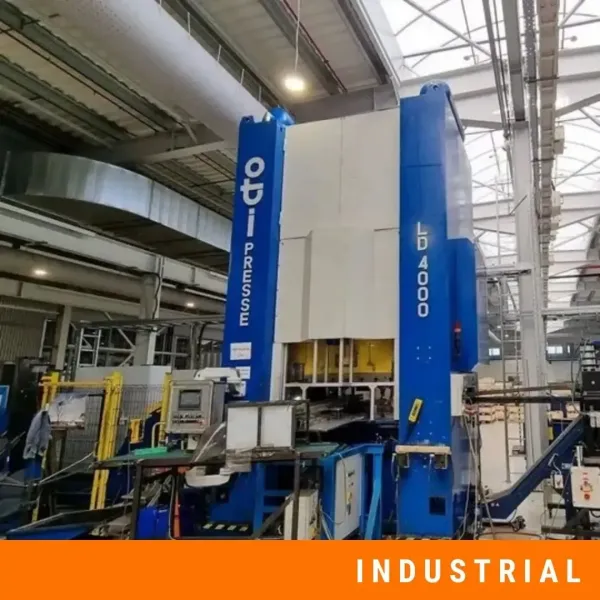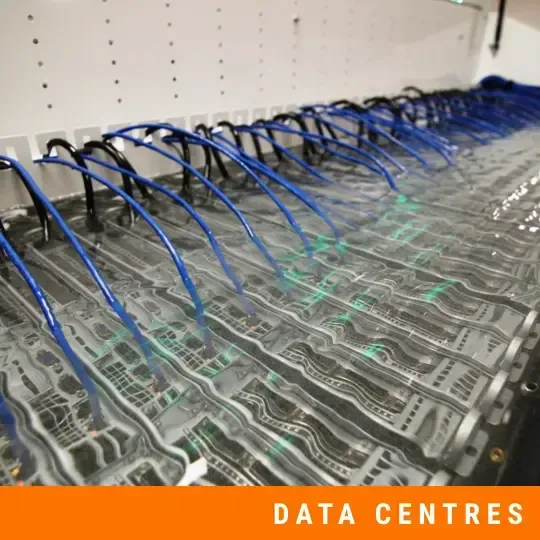How to Soundproof a Floor - The Easiest and Most Effective Methods
Noise has a way of travelling where it’s least welcome. Footsteps echoing from above, chairs scraping across hard floors, or music bleeding through the ceiling can quickly turn your living or working space into a stressful environment. Just like soundproofing walls and soundproofing ceilings is essential to block unwanted noise, effective floor soundproofing makes a decisive difference in creating a calm and private environment.
Floors are one of the main pathways for both impact noise (footsteps, furniture being moved, dropped objects) and airborne noise (voices, music, television). Without the right soundproofing system, even a solid-looking floor can become a channel for disturbances that disrupt comfort and concentration.
That’s why floor soundproofing is not only about comfort but also about compliance with building regulations. By choosing the right system, you can bring your project in line with the needed standards and enjoy the peace of mind of long-term acoustic comfort.
Building Regulations for Floor Soundproofing
Noise is measurable; knowing typical decibel (dB) levels helps you see what you’re up against when sound leaks through floors. Here are a few everyday examples:
- A whisper is around 20-30 dB
- Normal conversation registers about 60-70 dB
- A vacuum cleaner or hairdryer might hit 70 dB or more
- Loud appliances and machinery, such as blenders or garbage disposals, can be 80 dB+
So, footsteps, thumps, or music already push 60-70 dB, even a small amount of sound passing through could turn your apartment into a noisy place. Good floor soundproofing aims to block or damp down that transfer so ordinary sounds don’t feel intrusive.
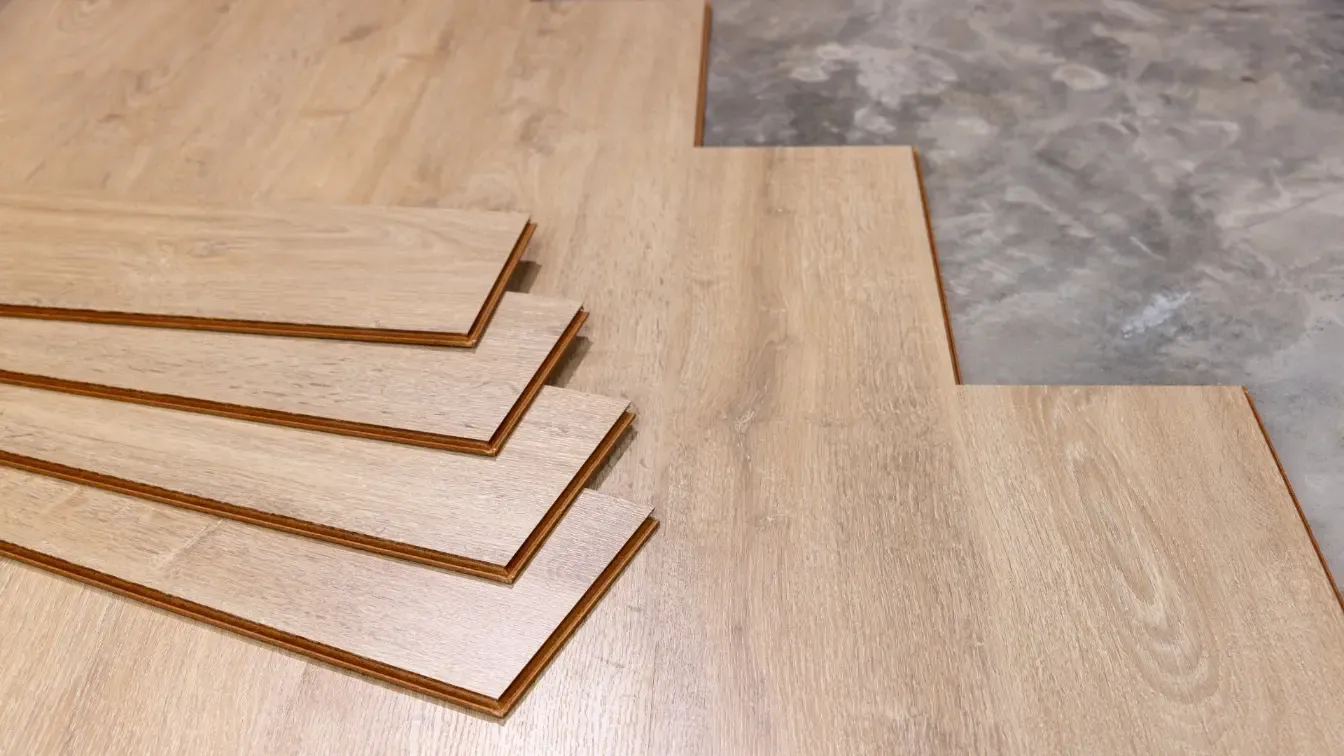
Floor Sound Insulation Requirements
In the United States, the International Building Code (IBC) requires floor-ceiling assemblies to meet at least STC 50 for airborne noise and IIC 50 for impact noise. These values ensure consistent sound separation in multi-family and commercial buildings.
Why These Regulations Matter
- Without compliance, your building project might fail inspections or be delayed.
- Even if you don’t need certification, meeting or exceeding these standards gives you a quieter, higher-quality space.
- Using well-tested, regulation-aware systems ensures you don’t overbuild (wasting money) or underperform (ending up with noise complaints).

What to Consider Before Soundproofing a Floor
Before you start soundproofing a floor, it helps to answer a few simple but important questions.
What kind of floor do you have?
A solid concrete slab behaves very differently from a timber floor with joists. Concrete is heavy and good at blocking voices and music, but it can still pass on the shock of footsteps or furniture being dragged. Timber floors are lighter, which means they let both airborne noise and impact noise through more easily. Knowing your floor type is the first step toward choosing the right system.
What type of noise are you dealing with?
Not all noise is the same. Airborne noise comes from sound travelling through the air, like talking, TV, or music. Impact noise is caused by direct contact, such as heels on hard flooring, children running, or chairs scraping. If voices and music are your main issue, you’ll need to add mass and seal gaps. If footsteps and knocks are the bigger problem, resilient underlays or floating floors work better.
What level of performance do you need?
Meeting building regulations means your floor will pass the legal minimum, but that doesn’t always guarantee comfort. A floor that just passes might still feel noisy in everyday life. Deciding whether you want to simply meet requirements or go beyond them for a quieter home is an important choice.
Are there any practical limits?
Adding layers to a floor changes its height, which can affect doors, skirting boards, or thresholds. Bathrooms and kitchens may need moisture-resistant systems, and if you have underfloor heating, you’ll need products designed to work with it. Thinking about these details now saves trouble later.
By working through these questions, you’ll have a clear picture of what you’re trying to achieve, what challenges to expect, and which type of solution will fit your project best.
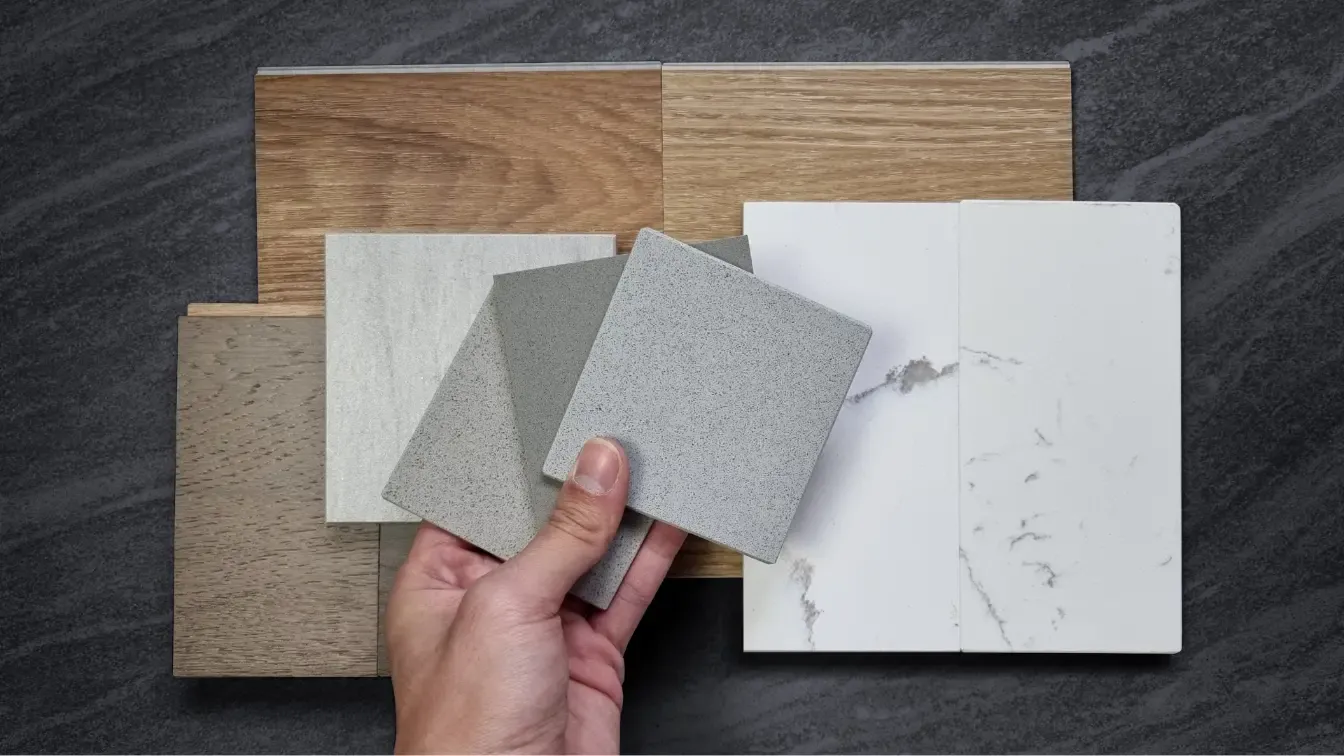
Understanding Floor Sound Transmission
When people talk about noise coming through a floor, they often mix two very different problems: airborne noise and impact noise. Knowing the difference makes it much easier to choose the right solution.
Airborne noise
Airborne noise is sound that travels through the air before hitting the floor surface. Think of voices, music, or the bass from a television. These sounds push on the floor or ceiling surface and cause it to vibrate, which then passes into the room below. The way to fight airborne noise is to add mass and create airtight layers that make it harder for those vibrations to get through.
Impact noise
Impact noise, on the other hand, starts with direct contact. Footsteps on hard floors, a chair being dragged, or an object falling to the ground all send vibrations straight into the floor structure. Once the structure starts vibrating, the sound quickly travels into the rooms below. Reducing impact noise means breaking that vibration path by adding resilient layers, floating systems, or membranes that absorb the shock.
Both types of noise are common in multi-storey buildings. If you live in an apartment, footsteps from above are usually impact noise, while a neighbour’s music seeping through the ceiling is airborne noise. In most real-life situations, the problem is a mix of both, which is why complete floor soundproofing systems combine mass, absorption, and isolation to solve them together.
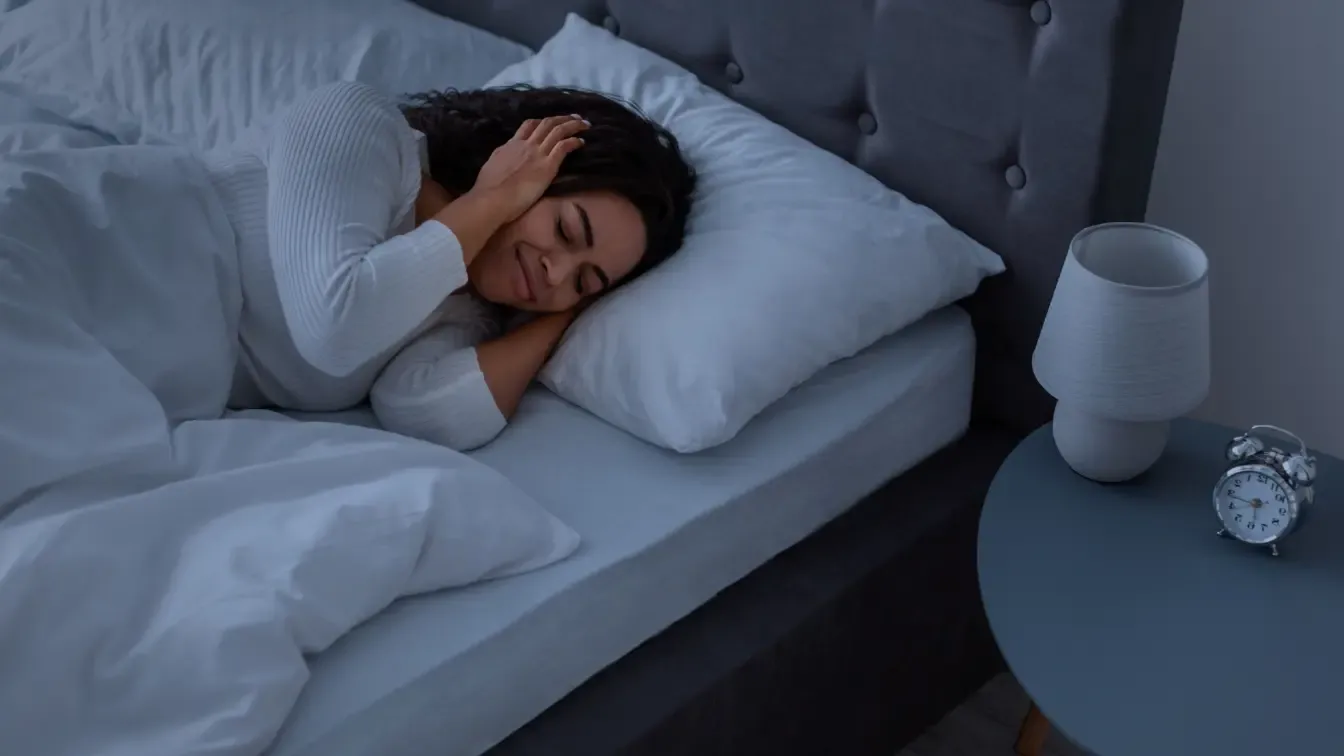
Challenges in Floor Soundproofing Projects
There are a few practical challenges connected to soundproofing floors that can make or break the result if they’re not considered early on.
One of the most common issues is floor height. Every soundproofing layer adds thickness, and even a few millimetres can affect door thresholds, skirting boards, or built-in furniture. Choosing slim but effective systems is key when space is limited.
Another challenge is flanking noise. This happens when sound bypasses the floor altogether and travels through adjoining walls, service shafts, or structural gaps. Even if your floor system is perfect, untreated flanking paths can let noise slip through. This is why professional installers always check junctions between floors and walls, and seal them with the right acoustic materials.
Moisture is also an important factor. Bathrooms, kitchens, and utility rooms need systems that can resist water without losing performance. Using waterproof membranes under the screed, like some of DECIBEL’s under-screed solutions, prevents both noise transfer and potential damage.
Finally, many modern projects use underfloor heating, which means not every product is suitable. The wrong material could trap heat or lose stability over time. This is why you need soundproofing systems designed to work alongside heating pipes, so you get both comfort and performance.
By planning for these challenges from the start, you avoid the most common reasons why floor soundproofing fails and make sure that the system performs as intended.
Best Floor Soundproofing Solutions by Structure Type
Different floor constructions let sound travel in different ways. The best soundproofing system depends on whether you’re dealing with a heavy concrete slab, a lightweight timber joist floor, or a renovation where the structure is already finished.
Concrete Floors
For concrete floors, the main issue is usually impact noise. Concrete is dense, so it blocks most airborne sound, like voices and music, but it easily carries the vibration of footsteps or moving furniture. The most effective fix is to add a resilient layer under the screed that stops vibrations from spreading through the slab. DECIBEL’s D-FON is designed exactly for this. It is a slim 3.4 mm membrane that reduces impact noise by up to 26 dB while taking almost no extra height. For projects that need even higher performance or where underfloor heating and moisture resistance are factors, the DPACT membrane is an excellent choice. It’s lightweight, waterproof, and works well in bathrooms, kitchens, and large residential or commercial builds.
Timber and Joist Floors
For timber and joist floors, the challenge is bigger. Lightweight floors can let both airborne and impact noise pass through, so the solution needs to tackle both at once. This is where the F-MUTE SYSTEM™ comes in. It combines dense boards with a layer of acoustic foam, adding mass to block voices and music while absorbing the shock of footsteps. It’s a comprehensive system that goes beyond the minimum required by regulations, making it ideal for apartments, offices, or older buildings with wooden floors.
Renovation Projects
For renovation projects, floor height and simplicity often matter most. You may not want to remove existing finishes or lose too much space. In these cases, NOVASOUND is a practical choice. It is a 2.5 mm resilient mat with a density of 750 kg/m³, made from recycled elastomer and cork. NOVASOUND provides proven impact sound reduction of 15–21 dB, depending on the floor finish, and can be glued directly under ceramic tiles, parquet, or wood flooring. Slim and effective, it’s ideal for renovation projects where floor height is limited.
By matching the right system to the right floor, you solve the exact problem at its source. Concrete floors benefit most from under-screed membranes, timber floors need a combined system that blocks and absorbs, and renovations call for thin but effective layers. Together, DECIBEL’s D-FON, DPACT, F-MUTE SYSTEM™, and NOVASOUND cover all these scenarios, giving you a clear path to quieter, more comfortable spaces.
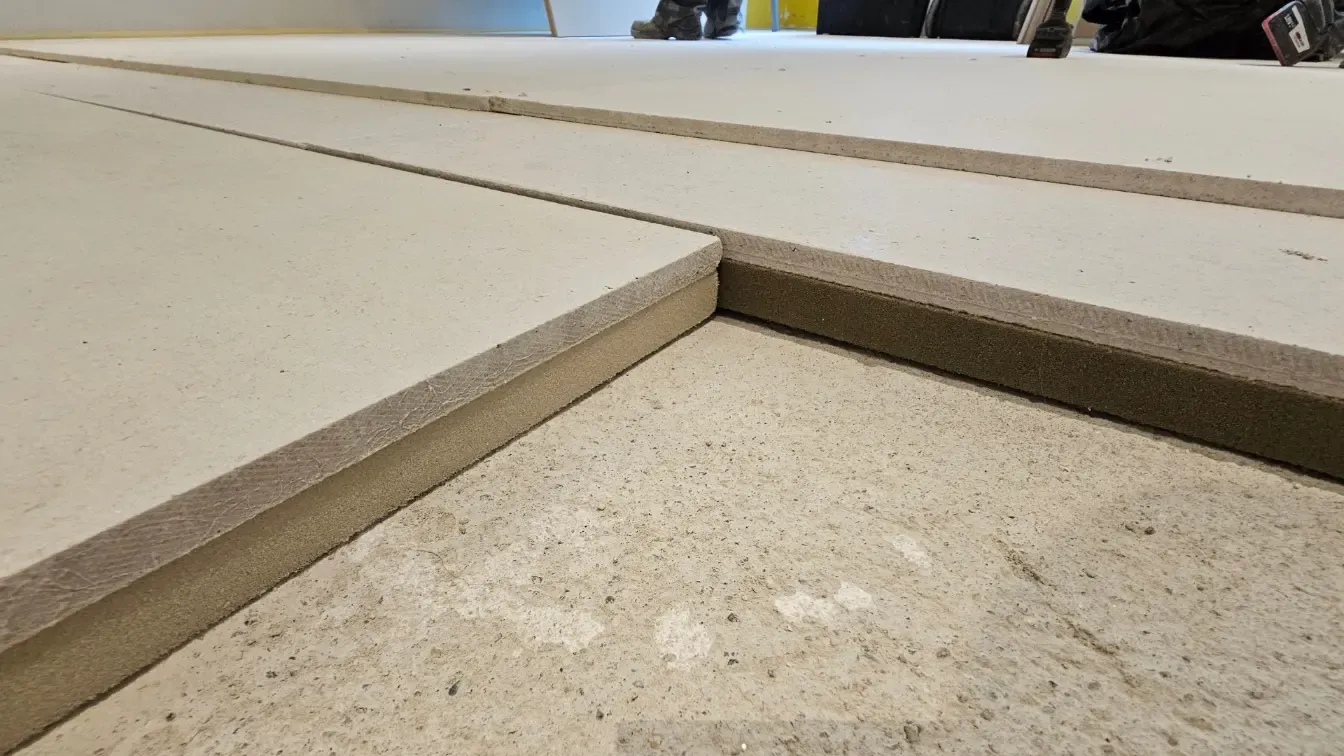
Installation Overview and Tools You’ll Need
Installing a soundproof floor system doesn’t have to be complicated, but success depends on careful preparation and the right tools.
The process usually begins with a clean, flat surface. Dust, loose material, or uneven areas can weaken the acoustic layer, so preparation is key. Once the base is ready, the chosen soundproofing system is rolled out or laid down, making sure all edges and joints are properly sealed. Overlaps or isolation strips are used at the perimeter to prevent sound from bypassing the system through walls or skirtings. After that, the screed or chosen floor finish is applied directly on top.
Most installations only require simple tools: a utility knife for cutting rolls or panels, a tape measure to ensure accurate coverage, adhesive or acoustic sealant for edges, and, in some cases, a roller to press the materials firmly into place. The goal is always the same: to create a continuous, airtight, and resilient layer that stops both airborne and impact noise from travelling through.
Professional installation is recommended for large or complex projects, especially where regulations apply, but smaller residential applications can often be handled by DIY users following the detailed instructions provided with DECIBEL products.
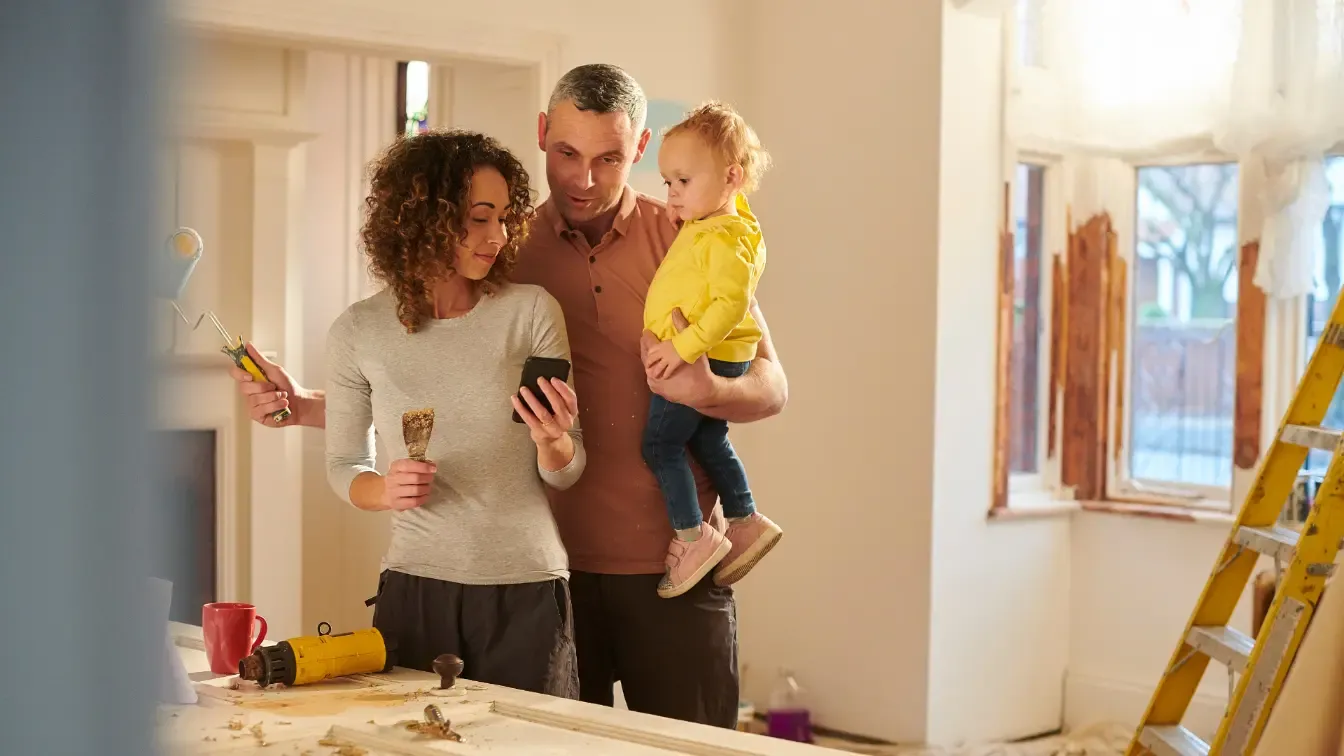
A well-designed floor soundproofing system meets regulations and transforms the way a space feels. By choosing the right solution for your floor type, whether it’s D-FON or DPACT under screed for concrete, F-MUTE SYSTEM™ for timber floors, or NOVASOUND for practical renovations, you can stop unwanted noise at its source and bring peace back into your environment.
Soundproofing is all about comfort, privacy, and creating spaces that support the way we live and work. With the right system in place, everyday sounds fade into the background, leaving you with a quieter, healthier, and more enjoyable space.
If you’re ready to make your project quieter and more comfortable, get in touch with DECIBEL today for expert guidance and custom solutions.
Frequently Asked Questions
Can I soundproof an existing floor without removing it?
Yes, in many cases. Solutions that also block airborne noise, the F-MUTE SYSTEM™ is used over timber or lightweight floors.
Which system is best for concrete floors?
For solid slabs, the main issue is impact noise. D-FON and DPACT are designed to go under the screed, forming a resilient layer that cuts vibrations before they spread through the structure.
How much noise reduction can I expect?
Performance depends on the system and the floor type, but to give an idea: D-FON reduces impact noise by up to 26 dB, while NOVASOUND achieves 15–21 dB depending on whether it’s installed under ceramic tiles, glued parquet, or floating parquet.
Will these systems affect my floor height?
Not significantly. D-FON is only 3.4 mm thick, and NOVASOUND is 2.5 mm. Even the F-MUTE SYSTEM™, which provides both airborne and impact noise protection, is slim compared to traditional build-ups.
Are these products compatible with underfloor heating?
Yes. Both D-FON and DPACT are compatible with underfloor heating and can be placed under or above heating pipes. Their slim and stable structure ensures heat transfer remains efficient while still providing noise reduction.
Do I need professional installation?
However, products like NOVASOUND are straightforward enough for skilled DIY installation. The mat is glued directly to the subfloor or existing surface before the new finish is applied, making it a simple yet effective option.
Are these solutions suitable for commercial buildings?
Absolutely. D-FON and DPACT are commonly used in offices, hotels, and public spaces where noise control is critical. F-MUTE SYSTEM™ is versatile enough for both residential and commercial projects where speech privacy and footstep control are equally important.
Can floor soundproofing improve my health?
Yes. Exposure to constant noise is linked to stress, poor sleep, and difficulty concentrating. A soundproofed floor reduces the everyday disturbances of footsteps, music, or voices from above, giving you a calmer environment that supports rest and recovery.
Does a quieter floor make a difference in productivity?
Definitely. In homes, it helps you focus when working or studying, and in offices, it reduces distractions that affect communication and performance. By lowering background noise, floor soundproofing creates a healthier space for both concentration and collaboration.

